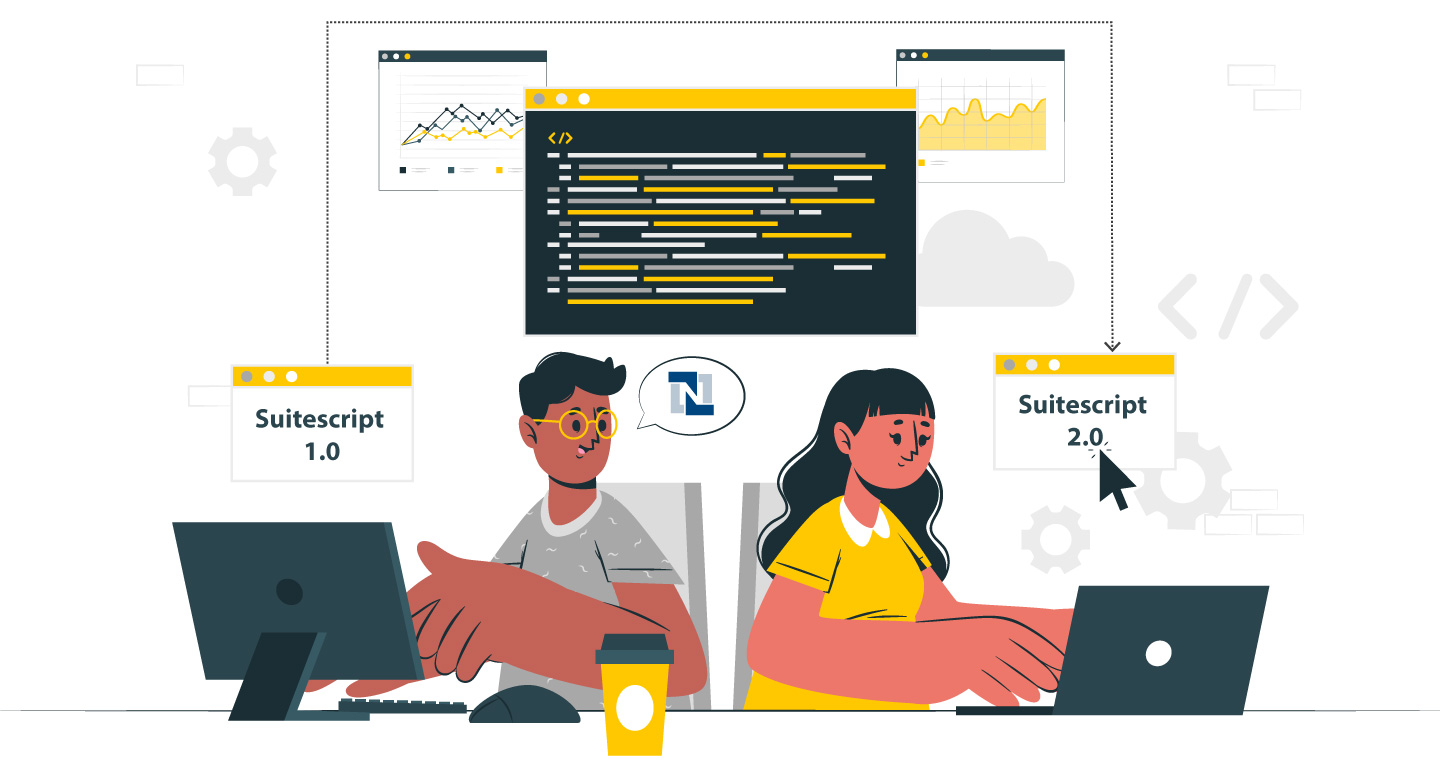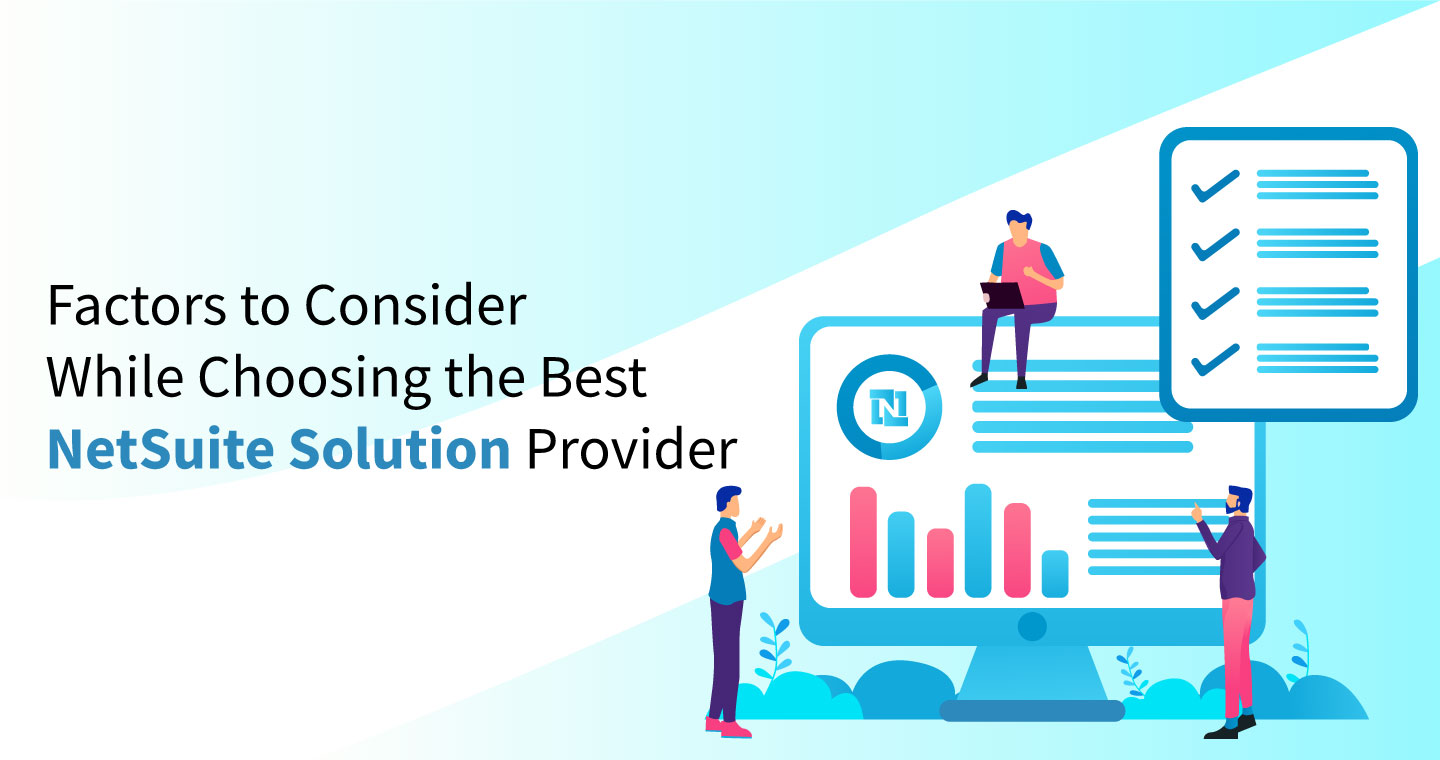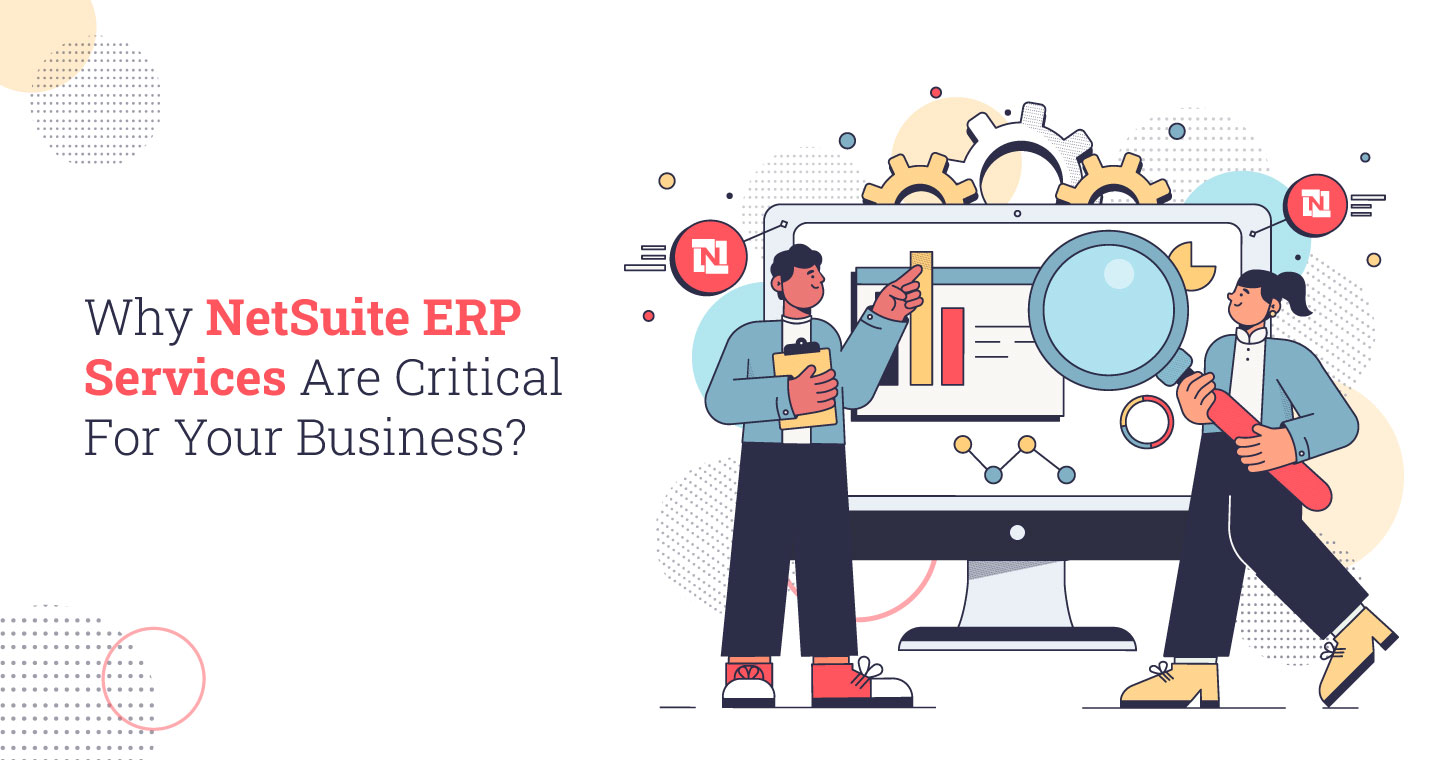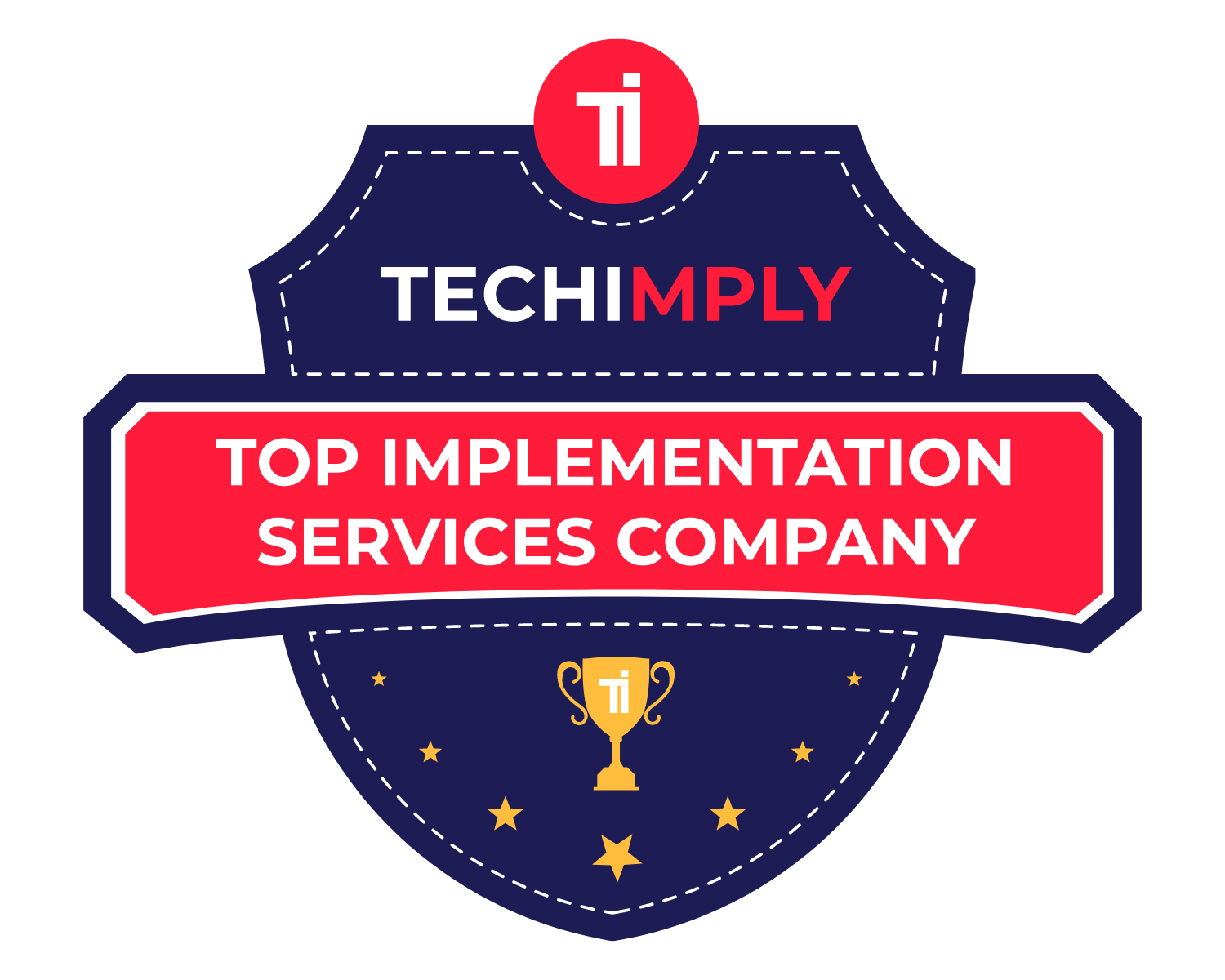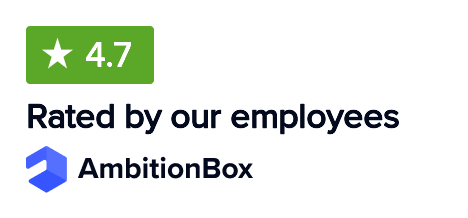Imagine closing your books in record time, with complete accuracy and zero manual errors. No more chasing missing entries, reconciling mismatched transactions, or spending hours fixing discrepancies.
Sounds ideal, right? That’s exactly what NetSuite General Ledger brings to the table.
Businesses in the modern era use financial data as their essential basis for direct insights, regulatory needs, and strategic planning decisions. However, traditional accounting approaches create problems that produce ineffective methods and postponed reporting processes. All this will result in managing core processes, real-time bank transaction integration, and business model compatibility, which are core features of NetSuite accounting software that remove these obstacles.
This blog investigates the various types of general ledgers, their essential advantages, and optimization practices for NetSuite usage.
Types of General Ledger in NetSuite
The NetSuite General Ledger system differs significantly from standard accounting software as it delivers automated financial tracking, flexible chart of accounts structures, and automated processes. NetSuite includes two essential types of general ledgers known as:
1. Traditional (Static) General Ledger
NetSuite allows users to implement a standard static GL system that works through a defined Chart of Accounts structure. The financial reporting system of NetSuite depends on transaction classifications that fall into assets, liabilities, equity, expenses, and revenues categories. Using the model for basic accounting is effective, but poses limitations to its application:
- Fixed Chart of Accounts: The process of expanding account codes through manual input results in increased system complexity.
- Limited Data Insights: Static GL structures make it difficult to analyze financial data beyond predefined categories.
- Manual Adjustments: Businesses often need spreadsheets to handle multi-entity accounting or multiple reporting standards.
- Time-Consuming Closing Process: Increased transaction coding errors require more effort in reconciliation and financial reporting.
2. Dynamic General Ledger
NetSuite delivers its dynamic GL solution as a system that combines automation capabilities, business intelligence, and delivers outstanding scalability for complex financial management needs. The model tackles numerous inefficiencies that affect static GL systems through its framework:
- Segmented Accounting: NetSuite tracks transactions through departments, locations, and alternative business aspects rather than using extended account codes.
- Automated Accounting Processes: The system performs journal entries, financial consolidations, and reconciliations, which minimizes manual mistakes and operational delays.
- Multi-Book Accounting: NetSuite operates with a unified system for accounting by different standards, including GAAP, IFRS, and tax accounting, which prevents unnecessary manual adjustments.
- Real-Time Financial Insights: Current business intelligence tools provide organizations a speedier access to real-time financial intelligence that improves their strategic decision-making processes.
- Multi-Entity Consolidation: The solution provides single-system financial management with no need for separate software solutions in subsidiary operations.
Benefits of NetSuite General Ledger
NetSuite General Ledger revolutionizes financial management by streamlining processes. It improves reporting and enhances business scalability. Let’s explore the key advantages of using NetSuite GL.
1. Enhanced Reporting and Planning
The multi-dimensional reporting function available in NetSuite allows businesses to conduct instant financial performance tracking. Automated budget tracking and financial consolidations eliminate manual reporting errors, providing finance teams with actionable insights. Organizations can adjust strategies quickly based on real-time financial data, improving agility in decision-making.
2. Lean Finance Function
The platform enables companies to maintain smaller finance departments, which maintain their operational efficiency levels. The automation of transaction processing and reconciliation functions allows organizations to operate with decreased requirements of accounting personnel. This is particularly beneficial for scaling businesses and global enterprises that want to optimize costs while expanding operations.
3. Scalability and Adaptability
Business growth brings escalating financial complexity to organizations. The general ledger structure from NetSuite adjusts smoothly to added subsidiaries, revenue streams, and international financial compliance mandates. NetSuite integration introduces new elements to existing financial frameworks through a mechanism that outperforms traditional general ledgers in terms of expansion management.
4. Seamless System Integration
The integration of NetSuite transitions seamlessly between its different components, which include sub-ledgers, billing systems, inventory management, and ERP processes. This eliminates data silos, ensures consistency across departments, and provides a unified financial view for better decision-making.
Challenges of NetSuite General Ledger
Businesses dealing with NetSuite General Ledger encounter specific obstacles when implementing and using this financial management solution. Identification of these barriers helps organizations develop strategies to handle difficulties in advance.
1. Steep Learning Curve
Finance teams need thorough training in order to use NetSuite fully since it encompasses too many extensive functional features. Users face difficulties understanding the complex elements of advanced capabilities such as multi-dimensional reporting, automated consolidations, and rules-based transaction matching when they first start using NetSuite General Ledger. Teams that lack proper training will have difficulty extracting complete advantages from NetSuite systems.
2. Customization Complexities
NetSuite accounting software requires complex configuration work to match the financial structures that differ among businesses. Organizations must work with expert consultants since the setup of customized account types, reporting segments, and transaction workflows takes extensive time. Inadequate system configurations cause organizations to face both operational inefficiencies and mistakes in their financial statements.
3. Compliance Adaptation Challenges
Companies conducting business across different nations need to configure their NetSuite systems for local tax requirements, even though they have access to multi-book accounting. The process of customizing financial compliance for particular countries typically demands more resources from organizations, which might slow down project implementation.
4. System Performance and Scalability
The performance quality of NetSuite suffers when businesses experience operational growth without proper report structure optimization. Poor accounting structure, unneeded custom scripts, and workflow issues create performance-related operational problems with the NetSuite ERP system. System optimization must be properly maintained to achieve efficiency when dealing with larger volumes.
Best Practices for Optimizing Your General Ledger in NetSuite
An optimal NetSuite General Ledger setup demands proper maintenance to deliver accurate financial reports, compliance, and efficient financial management. To design an efficient and expandable GL structure, adopt these best operating procedures:
1. Establish a Well-Planned Structure from the Start
Planning your General Ledger structure needs sufficient attention prior to configuration. Construct a reportable accounting hierarchy that follows your operational requirements. Your transaction classification needs to use proper account types and segments to minimize complexity. A logical structure design prevents the overpopulation of redundant accounts and decreases error potential, which leads to improved reporting efficiency.
2. Implement Parent-Child Relationships
The implementation of parent-child relationships within your GL improves reporting features and visibility standards. Companies can enhance financial analysis by putting similar accounts into main categories like “Operating Expenses” for easier tracking. NetSuite enables you to use summary accounts as non-posting parent accounts for administrative reporting purposes. The establishment of parent-child relationships in your GL system helps both navigation and structure.
3. Maintain Consistency Across Accounts
A GL structure must be consistent to achieve better comparisons both between periods and across all subsidiaries. Regular changes to accounts by addition, merging, or deletion should be avoided since they affect both historical data and financial reporting integrity. The standardization of subsidiary naming systems and classifications makes consolidation processing possible.
4. Regularly Review and Optimize
Regular review procedures for your GL should focus on obsolete account elimination to keep financial records precise. A series of account structure cleanups should happen annually, as well as whenever new business changes occur. Periodic optimization maintains the GL as a useful system that tracks business developments.
5. Leverage Expert Guidance
The implementation of complex or customized NetSuite GL requires NetSuite consulting experts at VNMT Solutions, who will guide you to avoid costly mistakes. Expert insights can streamline financial workflows, enhance reporting capabilities, and ensure compliance with accounting standards.

Conclusion
A well-optimized General Ledger in NetSuite provides strategic value to businesses by supporting smarter financial management. By refining your chart of accounts, leveraging automation, and maintaining consistency, you create a foundation for real-time insights and seamless reporting. Optimization of systems continues throughout an endless journey.
Your business development demands corresponding improvements in your financial systems. This moment calls for companies to abandon traditional systems in favor of flexible financial operations. Ready to future-proof your accounting? Contact VNMT solutions for a specialized demonstration to uncover how NetSuite implementation transforms financial process management.


